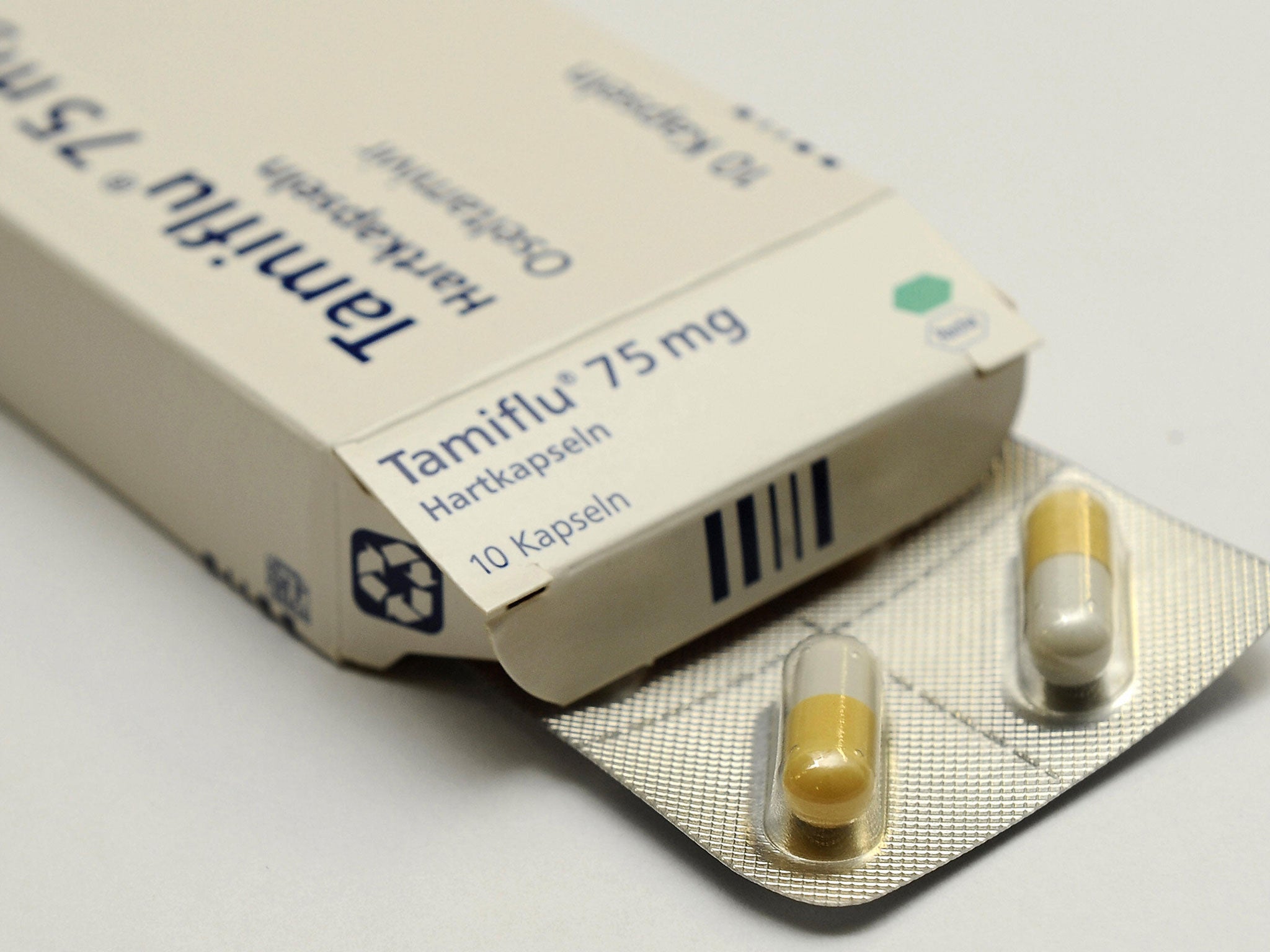Virus responsible for swine flu pandemic becoming increasingly resistant to Tamiflu
2009 outbreak may have caused the deaths of up to 579,000 people

The virus responsible for the “swine flu” pandemic of 2009 is becoming increasingly resistant to the main drug used to treat it, new research has shown.
An increasing number of cases of the virus, H1NI, are being found with developing resistance to oseltamivir – trade name Tamiflu – which was stockpiled in large amounts by Governments, including the British Government, when it was feared the new swine flu mutation would irresistibly sweep the world.
First detected in Mexico, the 2009 virus was a new strain of H1N1 – itself responsible for the disastrous flu pandemic of 1918 – which combined with a Eurasian pig flu virus to become newly potent.
The resultant pandemic struck over 74 countries, and although deaths were initially assessed by the World Health Organisation at 18,500, the WHO later admitted this was probably a gross underestimate.
A 2012 medical study by the journal ITALS Lancet Infectious Diseases OFFITALS suggested that in fact it may have caused the deaths of up to 579,000 people.
Tamiflu, made by the giant Swiss pharmaceutical company, Hoffman-La Roche, was the main drug against the outbreak – but now Australian scientists are finding that it is encountering increased resistance.
Dr Aeron Hurt, of the WHO Collaborating Centre for Reference and Research on Influenza in Melbourne, analysed with colleagues circulating H1N1 strains, and found that although the overall frequency of Tamiflu resistance was relatively low (approximately two per cent of strains tested) an increasing proportion of these viruses were being detected from patients not being treated with Tamiflu.
This suggests a resistant strain could be emerging since it must be being transmitted to these patients never treated with that drug.
A widespread cluster of cases of Tamiflu-resistant influenza in Newcastle, New South Wales, in 2011 detected by surveillance conducted by Dr Hurt and colleagues, represents the most widespread outbreak of Tamiflu-resistant H1N, and generated significant concern that these strains may spread outside of Australia.
Similar resistant strains have since been detected in Europe, but at this stage only on an ad hoc basis. “However, the trend observed in Australia of a greater proportion of resistant cases being detected in untreated community patients is also being observed both in the USA and Europe,” says Dr Hurt.
Dr Hurt’s research was presented at the annual scientific meeting of the Australasian Society for Infectious Diseases (ASID) in Canberra.
Join our commenting forum
Join thought-provoking conversations, follow other Independent readers and see their replies
Comments